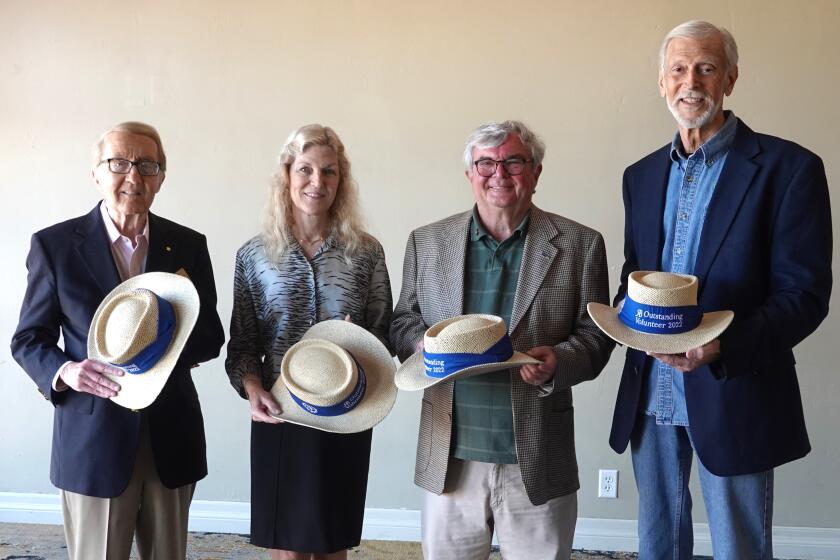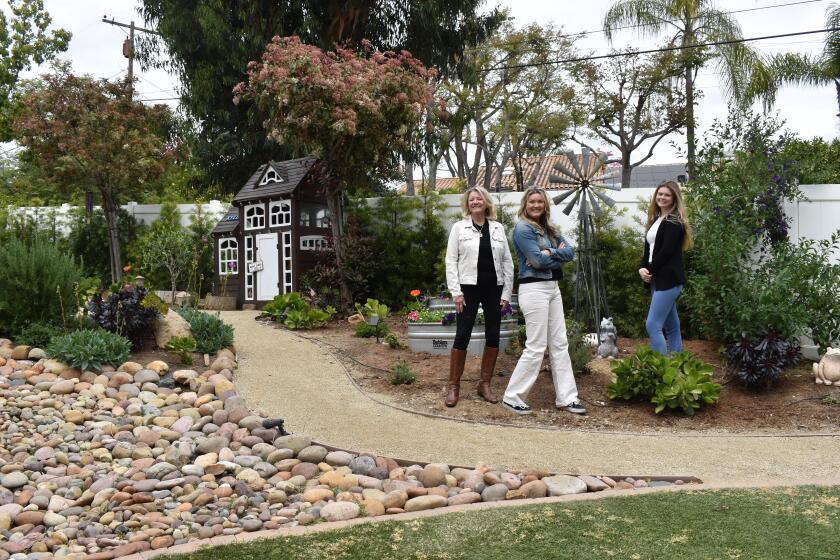Environment-friendly features highlight Rancho Bernardo hotel’s renovation
By Elizabeth Marie Himchak
The Courtyard by Marriott in Rancho Bernardo has recently become the first hotel to join a program that focuses on environmentally friendly renovations.
MindClick Global’s Rest Better sustainability program is designed to “educate travelers on the environmental impact of implementing green hotel purchasing practices,” officials said. This is done through online and on-site marketing and social media.
“This property was selected because the timing of its planned renovation coincided with the planned launch of Rest Better and the availability of products,” said Lauralee Dobbins, a MindClick and Rest Better spokeswoman.
Dobbins said implementation of the program at other hotels will be determined by the pilot program in Rancho Bernardo.
The $2 million project included complete renovation of the lobby and public spaces; the 2,400 square feet of meeting space received new furnishings, carpets and wall coverings; and the 210 guest rooms given new soft goods, such as carpeting and wall treatments.
According to the program’s website, the Courtyard by Marriott at 11611 Bernardo Plaza Court has furnishings made of recycled and responsibly harvested materials, some manufactured within 100 miles of the hotel to reduce environmental impact. This includes regionally produced seating by JLF that was made from responsibly harvested wood and toxin-free, water-based materials. Officials said this benefited the environment, health and economy.
Dressers and tables by Fairmont Designs came from trees not grown in rainforests. The meeting room tables by Southern Aluminum consist of 70 percent recycled aluminum and were designed so they can be completely recycled years from now. According to the site, “recycling one pound of aluminum saves about seven kilowatt-hours of electricity, equivalent to powering a 50- to 60-inch projection TV for more than 18 hours.”
Hallway carpeting by Tai Ping was made with sheep’s wool and no petroleum-based materials, which officials said “actively cleans the indoor air by neutralizing airborne toxins.” In the guest rooms the Shaw carpeting was made in the United States from recycled content and required 40 percent less energy to produce, which reduced greenhouse gas emissions.
Other room furnishing by P/Kaufmann Contract — including bedding, drapery, shower curtains and upholstery — were made with skin-friendly materials. As for the wall coverings by MDC, plastic bottles were reused to create the backing and “adhere to most stringent indoor air quality standards.”
According to Dobbins, there was no difference in the renovation’s cost by using sustainably sourced items instead of traditional products.
“As a Marriott International brand, Courtyard places a high precedent on sustainability,” said Mari Snyder, vice president of social responsibility and community engagement. “Partnering with MindClick Global to launch the Rest Better program at our renovated hotel in Rancho Bernardo goes hand-in-hand with Marriott’s ‘Spirit to Preserve’ philosophy and demonstrates the ways we are taking better care of our guests and the environment through our purchasing choices.”
Officials said the hotel industry is implementing general sustainability initiatives in response to increasing consumer demand for sustainable business practices. This includes a 2012 survey of 5,000 Expedia consumers, where 93 percent of travelers said they would select a hotel based upon its use of sustainable design and furnishings over a comparable hotel that emphasized energy savings and water reduction.
“A truly green hotel industry begins at the supply chain with the sourcing of products that deliver a better guest experience and make a positive contribution to both the environment and the community,” said JoAnna Abrams, MindClick Global’s CEO.
MindClick Global’s Sustainability Index rates products based on standards that include those established by the Global Reporting Initiative (GRI), National Standards Foundation International (NSF) and U.S. Green Building Council’s Leadership in Environmental Energy and Design (LEED).





